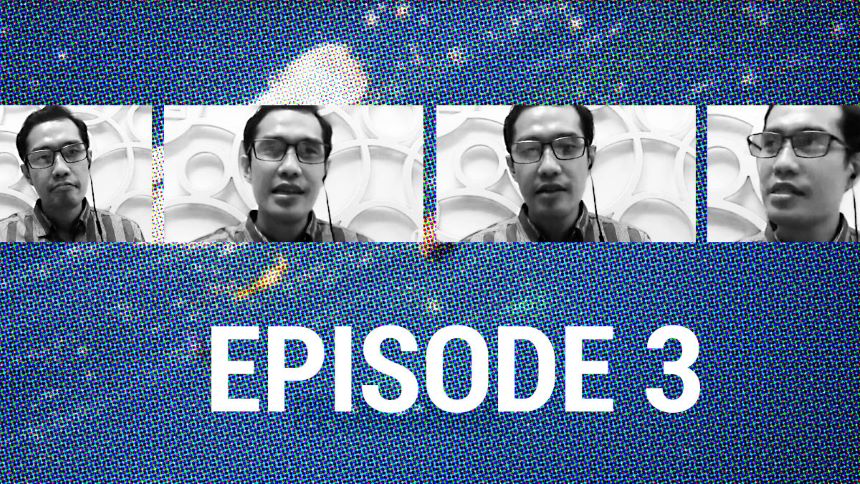VIDEO Q&A: Microplastics Are On the Menu
A conversation with Dr. Jose Isagani Janairo, Professor of Biochemistry, De La Salle University, Philippines.
The term “microplastics” or “nanoplastics” is frequently in the news these days. These small plastic fragments – less than 5 mm in length, can have an oversized impact on the environment. They can be consumed by the very smallest organizations in our food changes and step by step, organism by organisms, they can make their way upward to the top of the chain where they can start to effect human health.
One common way this can happen is through the consumption of fish, mussels and other seafoods.
- How widespread is this issue and what is the exact threat that these microscopic pieces of plastic can have?
- What studies are being undertaken to study this problem and determine the best course of action?
- And how do we combat this persistent pollutant in our environment?
To get answer to these, and other questions, we spoke with Dr. Jose Isagani Janairo, Professor of Biochemistry at De La Salle University in the Philippines. His research is focused on the environmental and sustainable chemistry including the topic of microplastics in the environment and specifically in marine commodities. He is one of the lead authors of the youth-oriented version of the Global Environment Outlook-6 for the Asia-Pacific region published by the United National Environmental Programme. In recognition of his contributions to the environment, he was one of the recipients of the 2019 ASEAN Youth-Eco Champion Award given by the ASEAN Environment Ministers.
For a deeper dive, download our infographic, “The Environmental Impact of Microplastics.”

